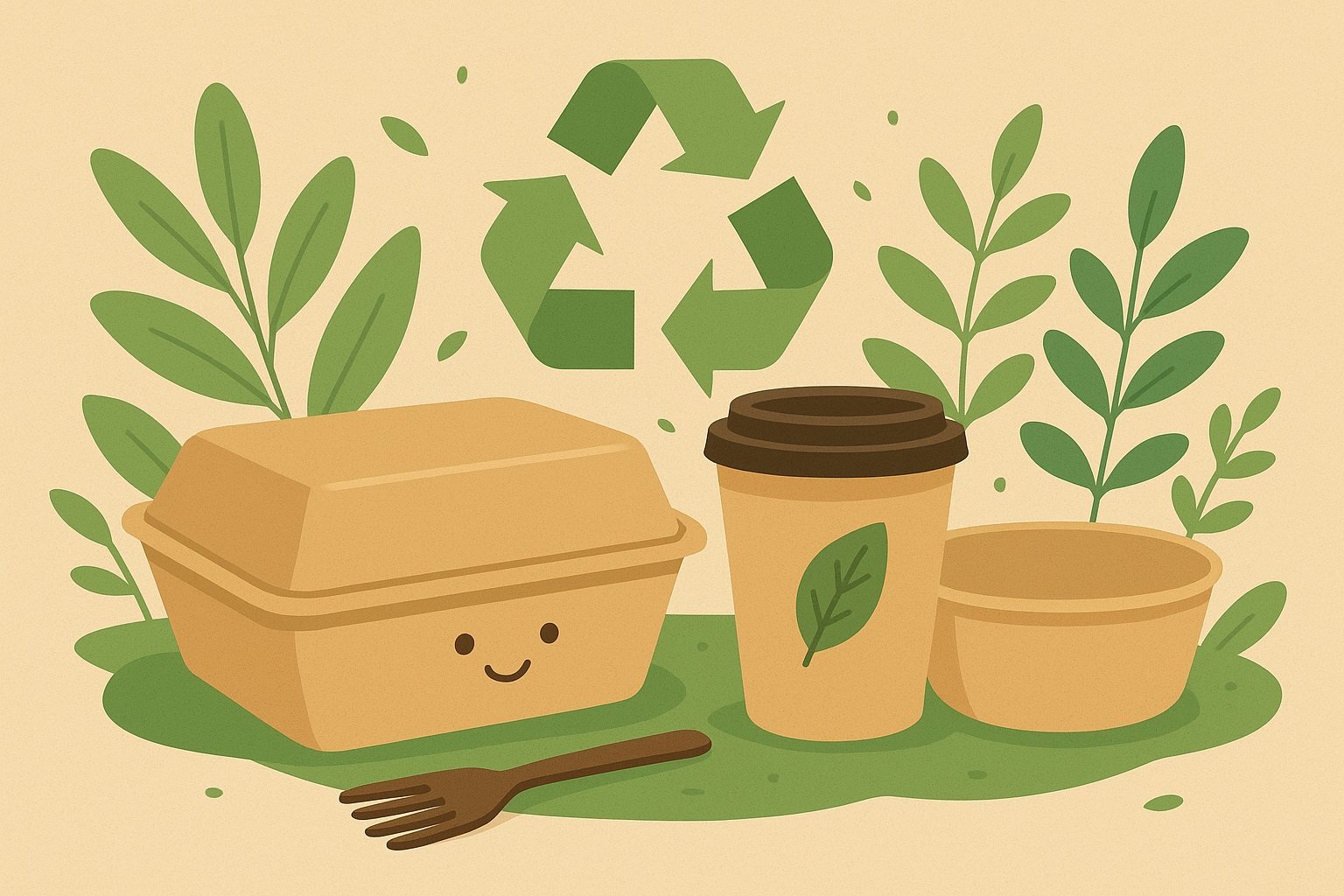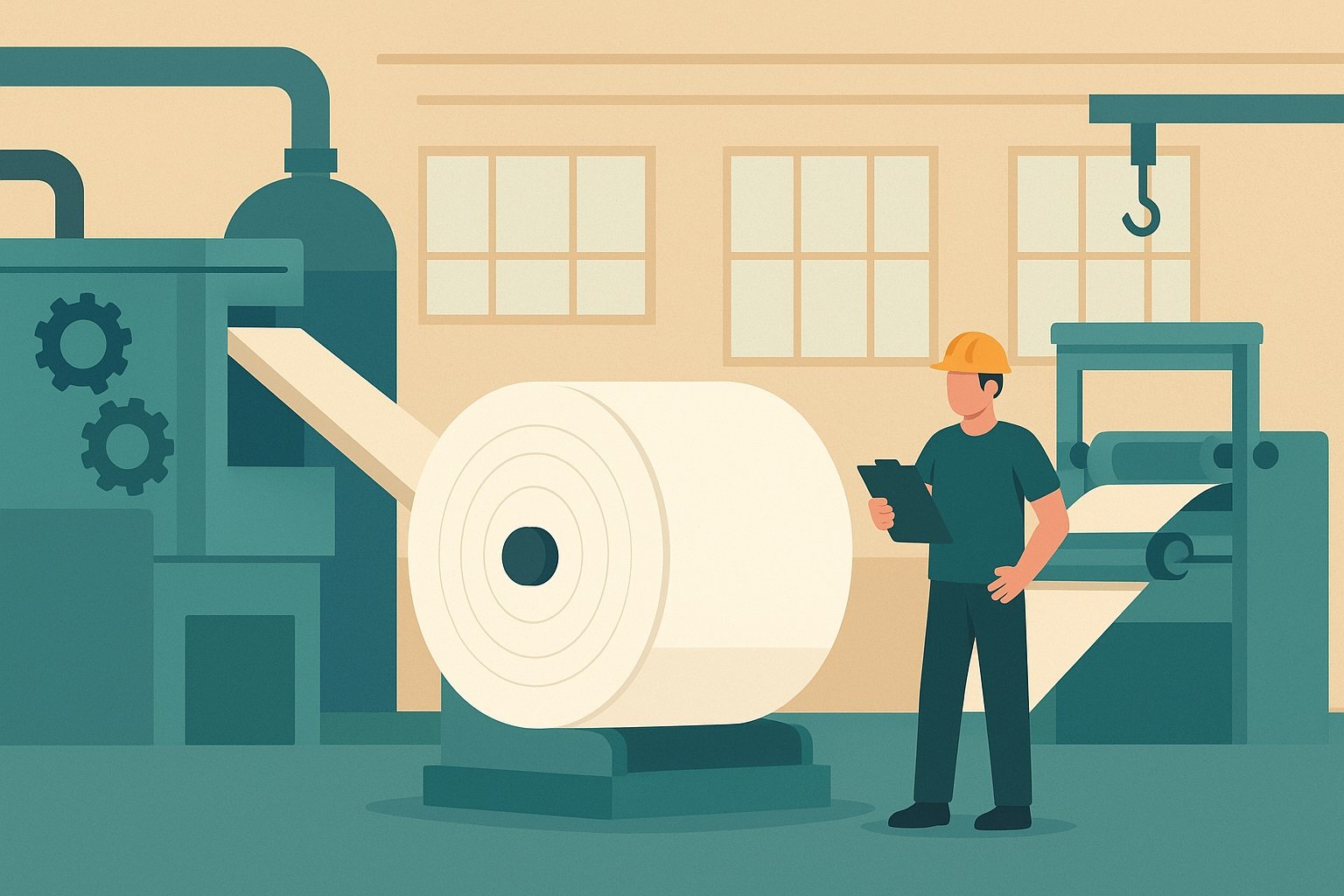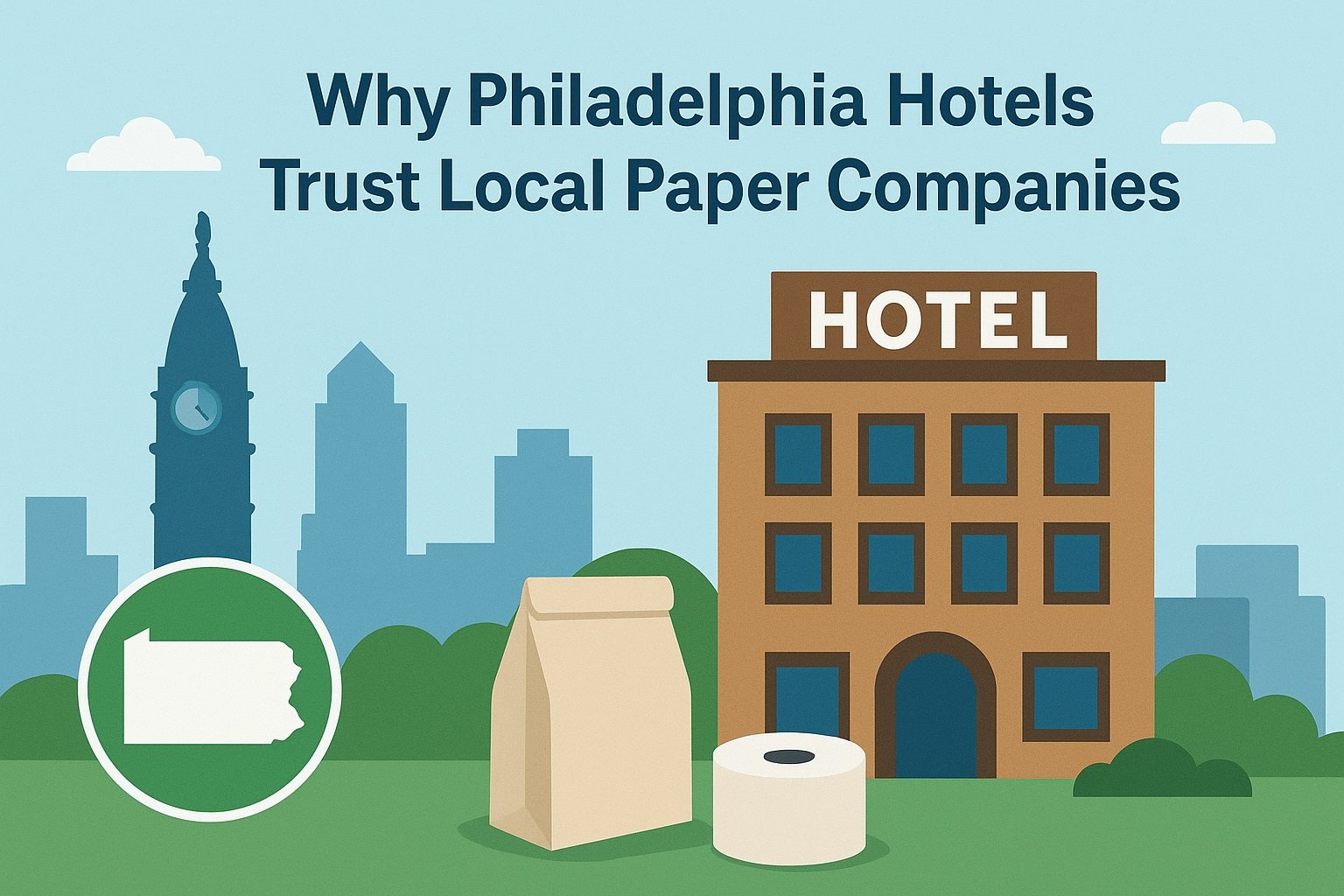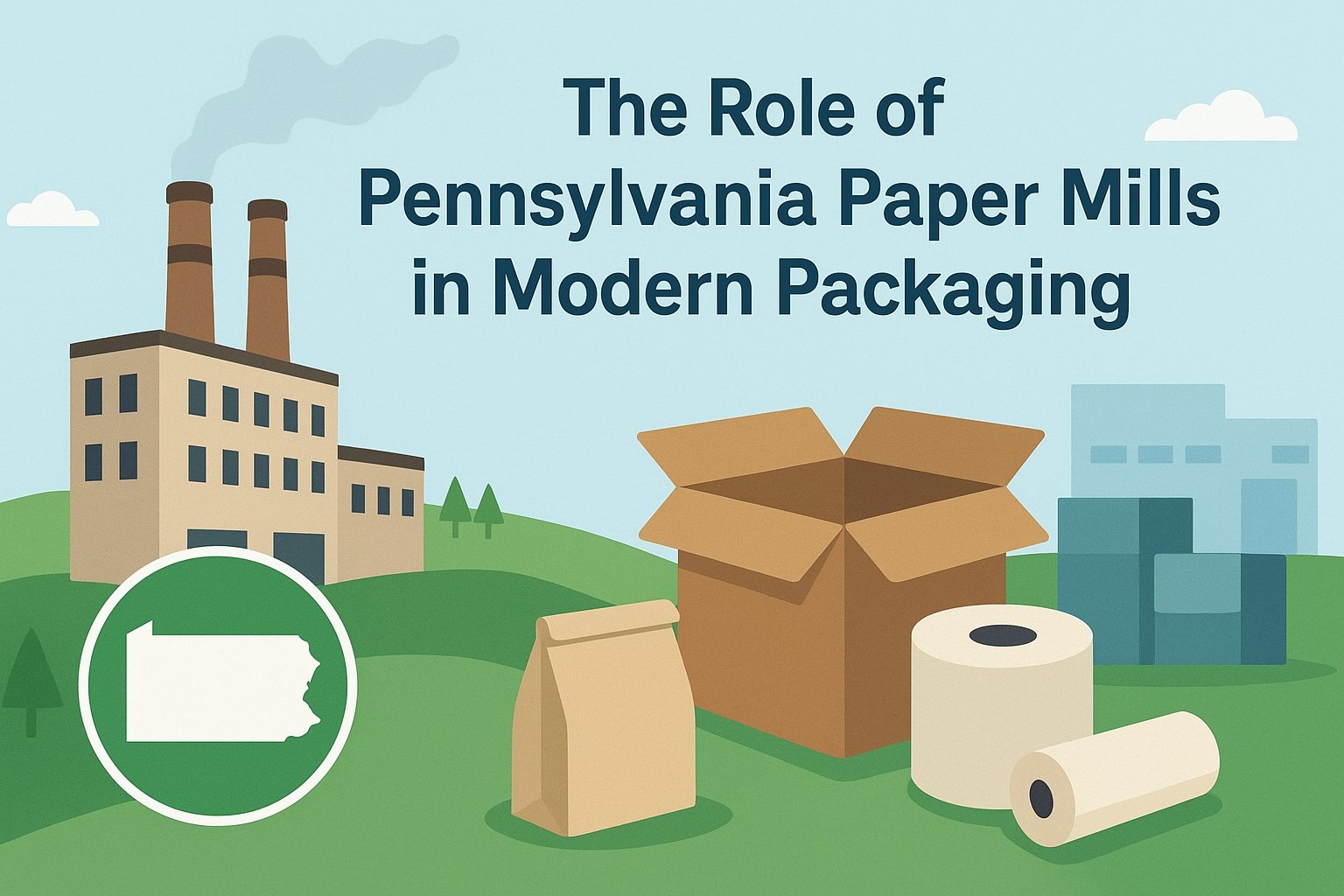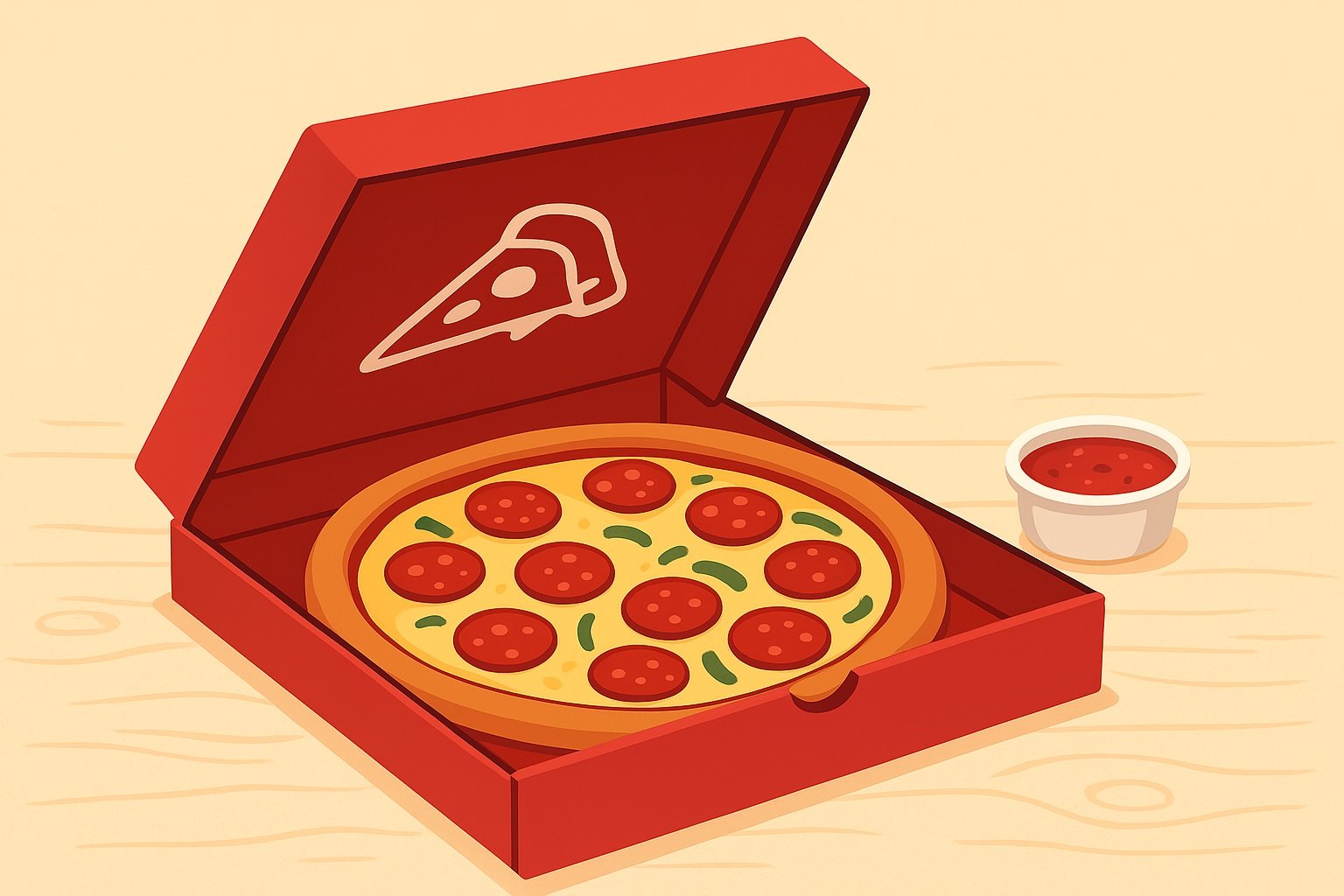The fiber-based pizza boxes are one of the best options for sustaining environmental challenges. Eco-friendly innovations are redefining food packaging, especially with respect to pizza boxes.
People are using fibrous materials to construct packaging shapes, making them environmentally protective and economical.
In this guide, we are going to discuss eco-friendly benefits alongside sustainable advantages of fiber-based boxes over other types of paper and packaging materials.
The Environmental Imperative for Sustainable Packaging
Global sustainability needs no explanation, as experts expect it to reduce packaging pollutants. Pizza boxes constructed from plastic-coated corrugated cardboard complicate the recycling process and often evade proper recycling methods.
Contaminating plastic particles and coatings leading to unmanageable waste piles in dumpsites which pose environmental hazards and an immense economic strain on society.
The EPA report indicates that the volume of economy paper packaged products contributing to waste in the United States is significantly rising. It will particularly affecting the strained economy, where households consume over 3 billion pizzas annually.
Pizza boxes are fiber packaging made out of renewable resources that face the problem directly. Manufacturers create these boxes using wood pulp, sugarcane bagasse, and bamboo—all plant-based materials—making them fully compostable and recyclable.
Unlike traditional boxes, fiber packaging uses natural grease-resistant chemicals or biodegradable coatings which do not use plastic lining.
Reducing this waste contributes to the circular economy, allowing fiber-based pizza boxes to excel as an environmentally-friendly packaging solution.
Benefits of Fiber-Based Pizza Boxes
1. Eco-Friendly Material Sourcing
Pizza boxes made from fiber are often renewable and produced using agricultural waste such as bagasse as well as rapidly grown and low-water-using bamboo.
The usage of these materials cuts down the use of virgin wood pulp and helps in preserving forests, thus reducing the carbon footprint of manufacturing.
Meeting the needs of consumers looking for eco-friendly solutions, suppliers of paper-based packaging are shifting to these materials, ensuring a consistent supply chain for sustainable pizza boxes.
2. Compost and Recycling Viability
An important aspect of fiber based pizza boxes is their planned versatility. Consumers can throw these boxes into organic waste bins because they decompose into beneficial soil within weeks.
For recycling, their total absence of plastic coatings guarantees that they will not contaminate water streams. This appeals to eco-friendly purchasers as well as local governments that are trying to decrease landfill waste.
3. No Sustainability Trade-offs
Skeptics may wonder if fiber based pizza boxes can surpass the traditional durability standards. The answer is ‘yes’ out loud.
They are awarded advancements in fiber packaging technology, including the design of sturdy, greaseproof boxes that withstand extreme heat and moisture.
From pepperoni pizzas to super spun veggie pies, these boxes are customizable and functional while still achieving sustainable standards.
4. Cost-Effectiveness for Businesses
Fiber-based packaging indeed has a higher upfront cost when compared to cardboard packaging.
But the savings in the future are much greater. Suppliers of fiber packaging are increasing the scale of production, which will lower the costs.
Businesses that use sustainable packaging also have the benefit of appealing to environmentally friendly consumers, improving brand awareness, and loyalty.
In 2023, a survey by Nielsen showed that 73% of consumers are willing to alter their consumption habits to lessen their carbon footprint, which strengthens the argument for using fiber-based pizza boxes.
5. The Role of Paper Packaging Suppliers
Paper packaging suppliers have a critical function to fulfill in the wider adoption of fiber-based pizza boxes.
By sustaining R&D expenditure, suppliers are actively working towards providing improvements in the performance and cost effectiveness of fiber packaging.
Partnerships with foodservice brands guarantee that the boxes are aligned with industry requirements for dimensions, stackable design, and branding.
Furthermore, suppliers are informing other businesses on why they should shift towards these sustainable packaging solutions in regard to compliance and perception.
In particular areas such as Europe where the use of single-use plastics is banned, there is an increase in the demand for fiber-based solutions from Paper Packaging Suppliers.
Now, North America is doing the same, as popular pizza franchises are trying out compostable boxes due to consumer demand and local waste reduction policies. This collective trend places fiber-based pizza boxes as the ideal choice for eco-friendly paper packaging.
6. Appealing to Customers and Shifts in The Market
Most consumers today do not struggle to choose – they do their research and make a selection. It is especially true with brands that support vital global issues, such as environmental degradation.
Fiber-based pizza boxes appeal to this group since they provide an effortless way of being environmentally friendly.
Businesses are not left behind, as they can use the custom branding and design conveniences to elevate the pizza unboxing experience. From a meal into a showcase of environmental advocacy, it is a transformation.
The rest of the market also supports increasing demand for fiber-based materials. The sustainable packaging market, globally, is expected to be worth $470 billion in 2027, with foodservice packaging being a primary contributor.
Pizza boxes, due to their widespread use, fall directly in line of this change. More pizzerias and delivery services adopt fiber packaging solutions, the more likely it is that other industries will be prompted to try sustainable paper packaging.
7. Challenges and the Path Forward
Although fiber-based pizza boxes have the potential to revolutionize the food industry, there are several obstacles to overcome.
Scaling production to meet demand on a global scale requires additional investment in manufacturing infrastructure, as well as purchasing the needed raw materials.
Farmers also need help educating the general populace on proper disposal procedures, as compostable boxes need certain facilities to break down.
There is work to be done on creating policies that promote public awareness. They need to sponsor campaigns that change people’s minds about using the boxes in the first place.
Conclusion
Individuals seeking sustainable packaging options are witnessing a trend that transcends mere novelty. This represents a fusion of creativity and ecological responsibility.
We are now turning our attention to innovative alternatives. While this may seem idealistic, it propels us toward significant progress.
Adhering to the age-old adage of ‘out of sight, out of mind,’ fiber-based pizza boxes now prominently feature in this emerging landscape. This shift not only transforms our understanding and attitudes towards food packaging but also elevates consumer satisfaction.
Companies ought to pursue more eco-friendly practices, and suppliers of paper packaging should expedite their innovations. When you encounter a pizza box, consider the advancements we are making towards a more sustainable future, and recognize that, as the world evolves, it may no longer appear small and pristine.

